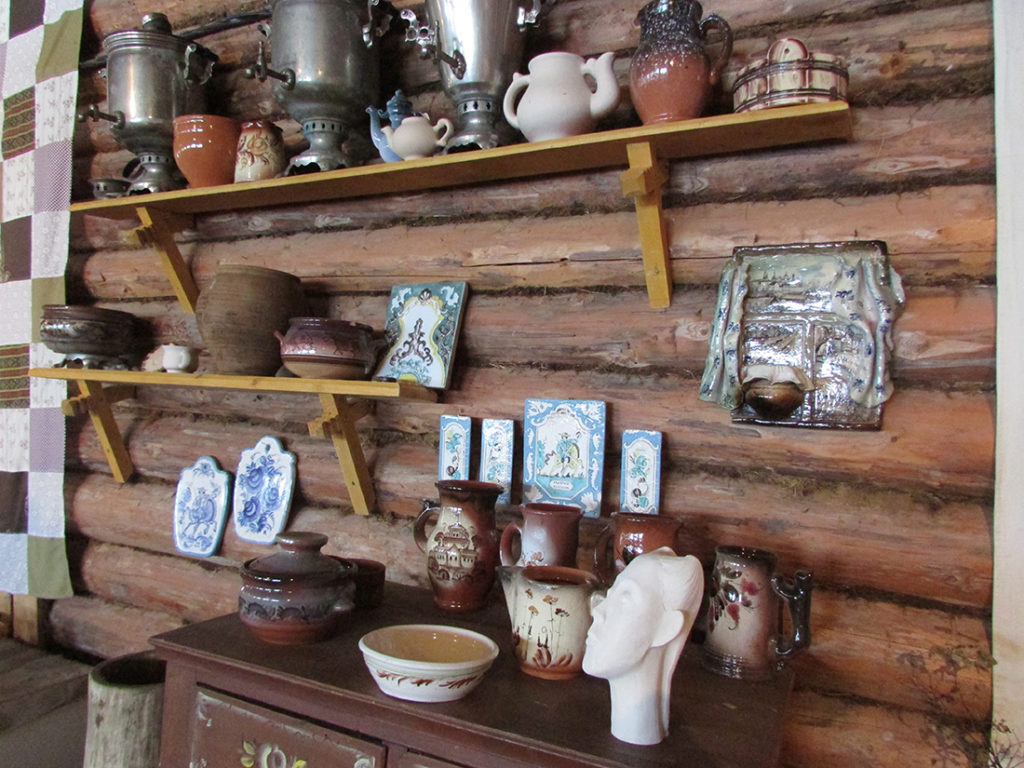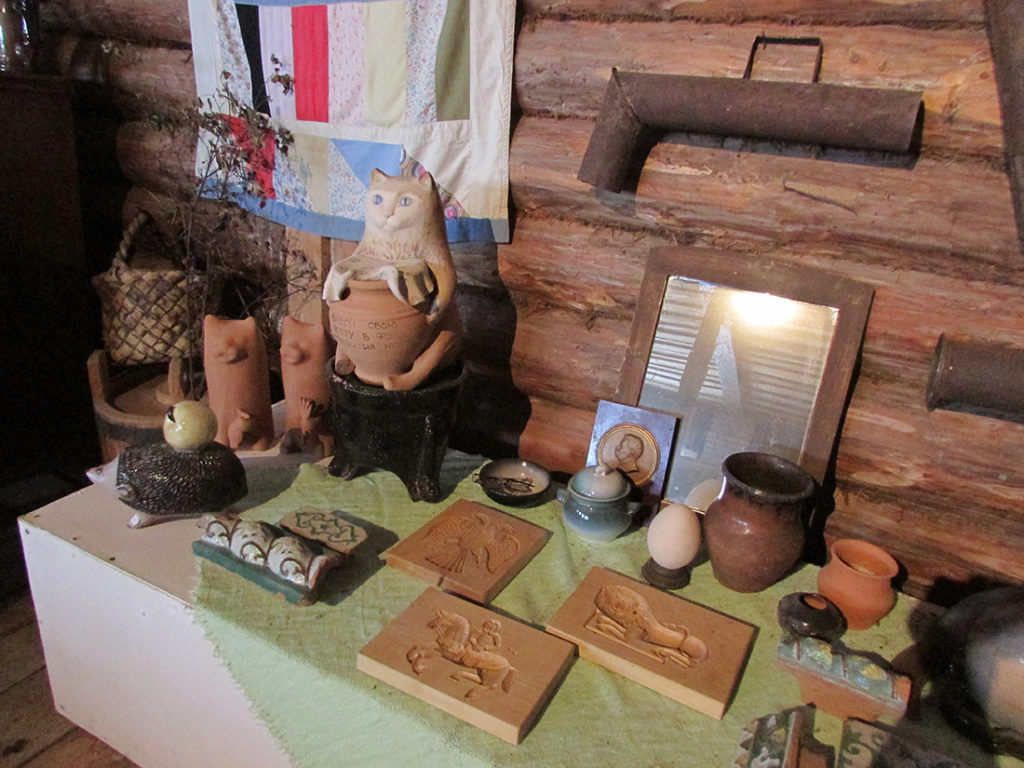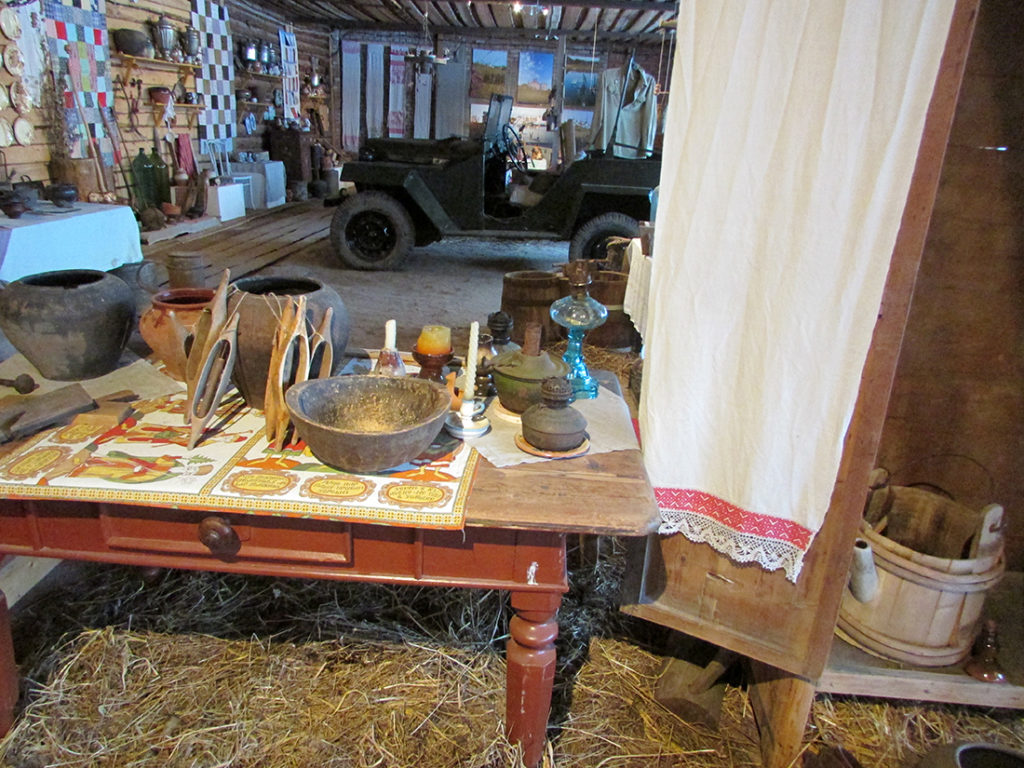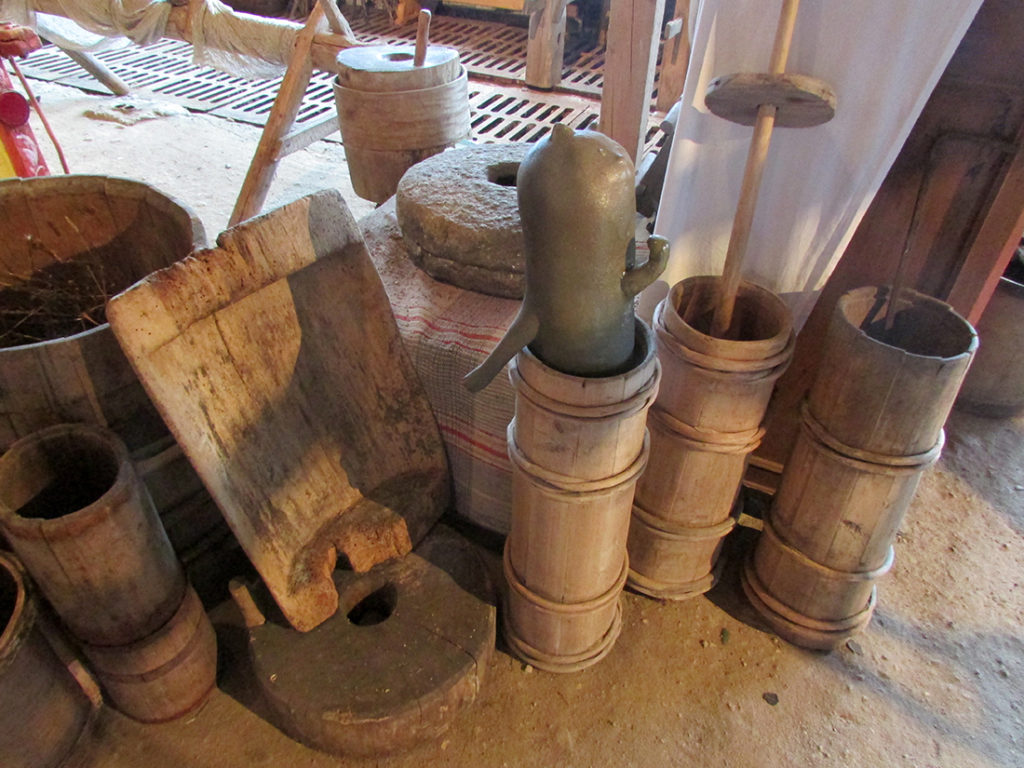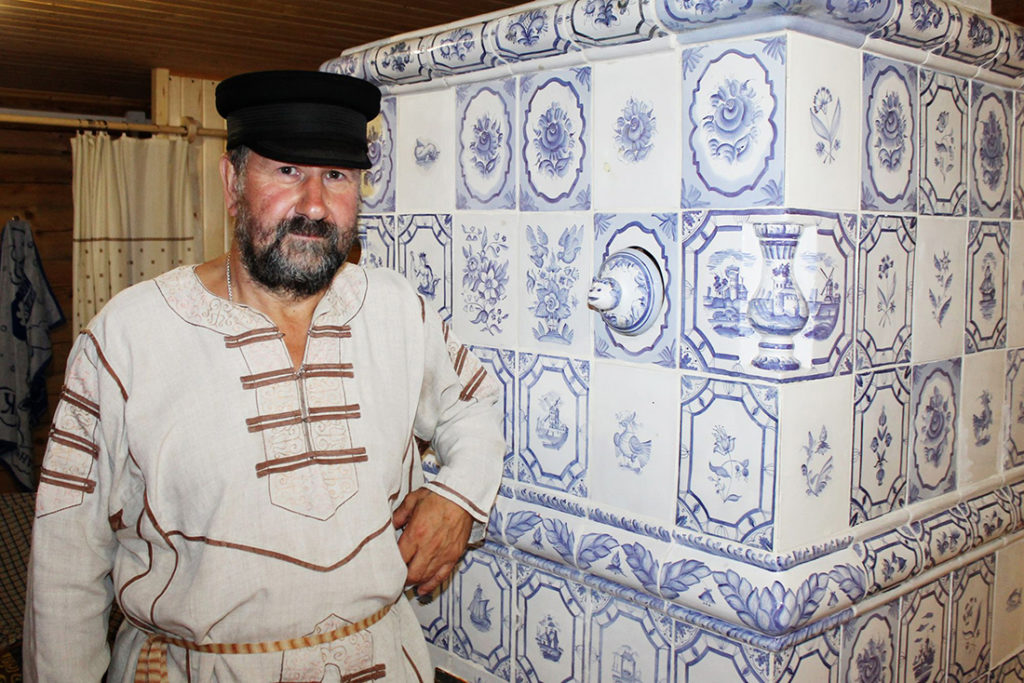The Russian Life Art project in Kurakinskaya Ceramics Workshop
Vologda Oblast
Contact information
Vologda region, Kirillovsky district, Kurakino village
Tel.: +7 (921) 141-15-09
E-mail: nina@kurakino.ru
Operating hours
Mon – Fri: from 9:00 to 17:00
Sat – Sun: by prior call
Ticket price
Group tour
Up to 10 people – 500 rubles (Kurakinskaya Ceramics workshop and the Russian Life art project)
Master class – 1,000 rubles per hour (potter’s wheel / clay toy/ ceramics painting)
Museum founders (owners / directors)
Victor Evgenievich and Nina Georgievna Mishintsevs
Founded
2016
For more than twenty-five years, spouses Victor and Nina have been realizing the idea of reviving the Russian countryside. In 1991, the ceramist Nina Mishintseva, a graduate of the Abramtsevo School of Industry and Art, opened the author’s art workshop “Kurakinskaya Ceramics” in a small village in the Vologda region. The artist creates stove tiles (using technology from the 16th-17th centuries), household and decorative ceramics, and designer toys. Her works are in the collections of the Kirillo-Belozersky and Vologda State Museum-Reserves, in private collections in Russia, and collections abroad. Victor Evgenievich is an Honored Farmer of Russia. For many years, the couple collected objects of rural life and ancient equipment. Something was inherited from grandmothers, something was bought, and some of the items were given by the residents of Kurakino and surrounding villages.
After several years of existence, the workshop of Nina Georgievna and Viktor Evgenievich came up with the idea of creating a small museum based on the objects they collected and the artist’s ceramics collection. The opening of the exposition dedicated to peasant life became part of the large-scale project “Village of Craftspeople”, implemented by Viktor and Nina Mishintsevs together with the administration of the Ferapontovsky rural settlement.
The spacious hall of the former collective farm calf barn, where the Kurakinskaya Ceramics workshop is located, has been converted into an exhibition hall. The exposition was based on the household items of the Vologda village inhabitants of the 20th century: looms, a collection of spinning wheels, peasant furniture, horse harness, sewing machines and gramophones, carpentry tools and scales, typewriters and mechanical calculating machines, a GAZ-67, the 1943 year production model, motorcycles from the second half of the 20th century, and, of course, the author’s ceramics of Nina Mishintseva, the artist famous throughout Russia.
In addition to a guided tour of the workshop and exhibition hall, Nina Georgievna conducts workshops on working on the potter’s wheel, modeling clay toys, and painting tiles.
